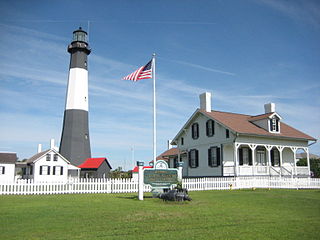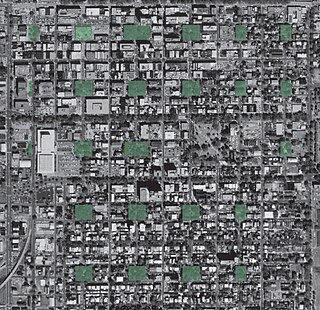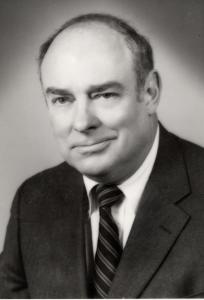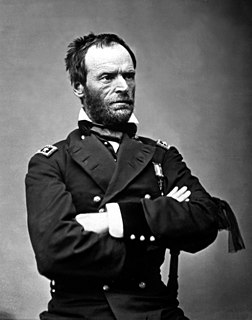
Tybee Island is a city and a barrier island located in Chatham County, Georgia, 18 miles (29 km) east of Savannah, United States. Though the name "Tybee Island" is used for both the island and the city, geographically they are not identical: only part of the island's territory lies within the city.

Fort Mifflin, originally called Fort Island Battery and also known as Mud Island Fort, was commissioned in 1771 and sits on Mud Island on the Delaware River below Philadelphia, Pennsylvania near Philadelphia International Airport. During the American Revolutionary War, the British Army bombarded and captured the fort as part of their conquest of Philadelphia in autumn 1777. In 1795 the fort was renamed for Thomas Mifflin, a Continental Army officer and the first post-independence Governor of Pennsylvania. The United States Army began to rebuild the fort in 1794 and continued to garrison and build on the site through the 19th century. It housed prisoners during the American Civil War. The army decommissioned Fort Mifflin for active duty infantry and artillery in 1962. However, while the older portion of the fort was returned to the City of Philadelphia, a portion of the fort's grounds are still actively used by the United States Army Corps of Engineers, making it the oldest fort in military use in the United States. Historic preservationists have restored the fort, which is now a National Historic Landmark.

Fort Dallas was a military base during the Seminole Wars, located on the banks of the Miami River in what is now downtown, Miami, Florida, United States.

Fort Baker is one of the components of California's Golden Gate National Recreation Area. The Fort, which borders the City of Sausalito in Marin County and is connected to San Francisco by the Golden Gate Bridge, served as an Army post until the mid-1990s, when the headquarters of the 91st Division moved to Parks Reserve Forces Training Area. It is located opposite Fort Point at the entrance to the San Francisco Bay.

The U.S. city of Savannah, Georgia was laid out in 1733 around four open squares, each surrounded by four residential ("tything") blocks and four civic ("trust") blocks. Once the four wards were developed in the mid-1730s, two additional wards were laid out. The layout of a square and eight surrounding blocks was known as a "ward." The original plan was part of a larger regional plan that included gardens, farms, and "out-lying villages." While some authorities believe that the original plan allowed for growth of the city and thus expansion of the grid, the regional plan suggests otherwise: the ratio of town lots to country lots was in balance and growth of the urban grid would have destroyed that balance.

Abercorn Common is a 180,000-square-foot (17,000 m2) shopping center in Savannah, Georgia. The center was the first retail center in the U.S. to become LEED-certified, meaning its design incorporates efficiency with attractive buildings and public spaces. The buildings and public spaces resemble Savannah's downtown historic district, with awnings, brick facades, fountains and brick-paved sidewalks. Palm trees, pampas grasses and willow trees are among the natural features. The shopping center dates back to the 1960s, when Abercorn Street was extended to form Abercorn Expressway. At the time, it was one of the first establishments on Savannah's southside, and now it forms the primary shopping corridor of Savannah. Located within several hundred feet are other major shopping centers, including: Oglethorpe Mall, Oglethorpe Plaza anchored by Best Buy and Kohl's, and Chatham Plaza anchored by World Market and Ross Dress For Less.

Fort Omaha, originally known as Sherman Barracks and then Omaha Barracks, is an Indian War-era United States Army supply installation. Located at 5730 North 30th Street, with the entrance at North 30th and Fort Streets in modern-day North Omaha, Nebraska, the facility is primarily occupied by Metropolitan Community College. A Navy Operational Support Center and Marine Corps Reserve unit, along with an Army Reserve unit occupy the periphery of the 82.5 acres (33.4 ha) fort. The government deeded all but four parcels of the land to the community college in 1974.

Julius Curtis Lewis Jr. was an American businessman, philanthropist and Chairman of J.C. Lewis Enterprises, Lewis Broadcasting Corporation, J.C. Lewis Investment Company, and Island Investments. He served one term as Mayor of Savannah in the late 1960s as a Republican.
The city of Savannah, Georgia, the largest city and the county seat of Chatham County, Georgia, was established in 1733 and was the first colonial and state capital of Georgia. It is known as Georgia's first planned city and attracts millions of visitors, who enjoy the city's architecture and historic structures such as the birthplace of Juliette Gordon Low, the Telfair Academy of Arts and Sciences, the First African Baptist Church, Congregation Mickve Israel, and the Central of Georgia Railway roundhouse complex. Today, Savannah's downtown area is one of the largest National Historic Landmark Districts in the United States.

Augusta, Georgia was founded in 1736 as part of the British colony of Georgia, under the supervision of colony founder James Oglethorpe. It was the colony's second established town, after Savannah. Today, Augusta is the third-largest city in Georgia, and the largest city of the Central Savannah River Area.

Beauregard Regional Airport is a public use airport in Beauregard Parish, Louisiana, United States. It is owned by Beauregard Parish and is located three nautical miles (6 km) southwest of the central business district of De Ridder, Louisiana. The airport serves the general aviation community, with no scheduled commercial airline service.

Fort Brady was a frontier fort established in Sault Sainte Marie, Michigan to guard against British incursions from Canada. The original location of the fort, known as Old Fort Brady, was along the Saint Mary's River. Fort Brady was located at this site from 1822 until 1893, when it was moved to a new location on higher ground, known as New Fort Brady. The fort was located at the new site from 1893 until its close in 1944. The site of Old Fort Brady was designated a Michigan State Historic Site in 1956 and listed on the National Register of Historic Places in 1971; New Fort Brady was designated a Michigan State Historic Site in 1970 and listed on the National Register of Historic Places in 1972.

Lachlan McIntosh was a Scottish American military and political leader during the American Revolution and the early United States. In a 1777 duel, he fatally shot Button Gwinnett, a signer of the Declaration of Independence.

Fort St. Andrews was a British colonial coastal fortification built on Cumberland Island, Georgia, in 1736. The fort was built by the British as part of a buffer against Spanish Florida and the colonies to the north. The fort was abandoned and later destroyed by the Spanish in mid-1742.
Fort Prince Frederick was the southernmost fort in British North America from 1726 to 1758. Initially constructed of logs, it was later improved with tabby walls, which were completed in 1733. After the founding of Georgia on February 12, 1733 several other forts were constructed farther south, including Fort Frederica on St. Simons Island, diminishing the strategic importance of Fort Frederick. The fort is located in Port Royal, South Carolina.

Fort San Francisco de Pupo was an 18th century Spanish fort on the west bank of the St. Johns River in Florida, about eighteen miles from St. Augustine, the capital of Spanish Florida. Lying on the old trail to the Spanish province of Apalachee in western Florida, Fort Pupo and its sister outpost, Fort Picolata on the opposite shore of the river, controlled all traffic on the ferry crossing. The remains of Fort Pupo are situated about three miles south of Green Cove Springs in Clay County, near the end of Bayard Point opposite Picolata. The surrounding area is a hammock of southern live oak, southern magnolia, pignut hickory and other typical trees native to the region.























